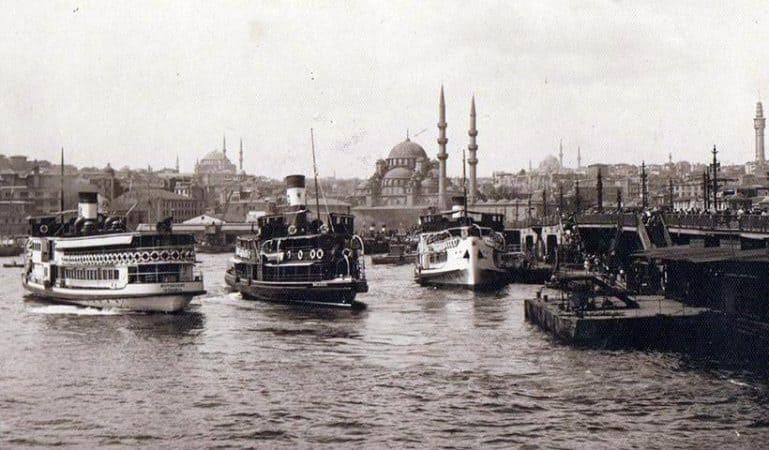
Constantinople, the capital of the Eastern Roman Empire, or more commonly known today as the Byzantine Empire, on March 28 1930 changed its name to Istanbul.
The 90th anniversary of the name change was celebrated in Istanbul on Saturday, and National Geographic took the opportunity to conduct historical revisionism in its Resource Library on a webpage titled “Mar 28, 1930 CE: Istanbul, not Constantinople.” The webpage says it is suitable for students from Grade 4 to Grade 12 and beyond, but has published historical revisionism which gives students false information – whether this is by design or slack research is not known.
The 131-year-old National Geographic, known for its yellow rimmed covers of its magazine, has an immense reputation and a circulation of millions of copies monthly. Focussed on science, history and culture, National Geographic completely missed the mark with its explanations of Constantinople.
Firstly, National Geographic claims that the “Ancient Greeks recognised the strategic location [of Constantinople], and called the settlement Lygos.” The settlement of Lygos was actually established by the ancient Thracians between the 13th and 11th centuries BC. The Thracians at this time in history were not yet Hellenized and separate ancient people. By the time Greek settlers from the city-state of Megara arrived at 657 BC, Lygos was already long abandoned for reasons not known, and the settlers founded Byzantium, named after King Byzas, the leader of the Megarian colonists and son of King Nisos. A small oversight by National Geographic perhaps, and not necessarily a big deal. For 900 years the city would be known as Byzantium until 330 CE when Roman Emperor Constantine renamed the city Constantinople in his own honour.
It is the next part that brings to serious question the credible of National Geographic when they ludicrously say “The area remained Constantinople long after the Greeks and Romans were forced out by the indigenous Ottoman Turks in about 1299.” Hyperlinked over the word indigenous, National Geographic explains that indigenous means “characteristic to or of a specific place.” A truly bizarre claim for National Geographic to describe the Ottoman Turks as “indigenous” to Constantinople considering the Greeks had occupied the area abandoned by the Thracians for 2,000 years before the of Fall of Constantinople when the Ottoman Turks captured the city in 1453 and Sultan Mehmet allowed the city to be plundered for three days where the majority of the women were raped.
The Ottomans were the descendants of the Oghuz Turks who originate from a region between the Caspian Sea and Aral Sea in today’s Kazakhstan and Uzbekistan – both of which today are Turkic countries. Using their own definition of “characteristic to or of a specific place,” it cannot be understood how the Ottomans can be indigenous to the area of Constantinople when their homeland is in Central Asia, and the Greeks had settled the area 2,000 years before the Fall of the city and continue to live in the city until this day.
National Geographic then say the “local Turks began calling the city some variation of “Istanbul” or “Stanbul” around this time or even earlier,” but offers no further details. Istanbul gets its name from the Byzantine Greek words of “eis tin Polin” (εις την Πόλιν), meaning “to the City.” Constantinople was so great that the Greeks had only needed to call it “the City,” while the Armenians called it Bolis (The City), the Serbs call it Carigrad and the Bulgarians call it Zarigrad, both meaning “Emperors City,” and many others referring to the city as “The Great City” or “City of the Emperors.” National Geographic completely omitted the etymology of Istanbul which itself is Greek in origin.
It is unknown why National Geographic has ignored historical fact in claiming the Ottoman Turks were “indigenous” to Constantinople that implies the Greeks were occupiers. National Geographic has ignored my call through Twitter for their historical revisionism to be corrected and has not responded to queries I made through their contact channel.

